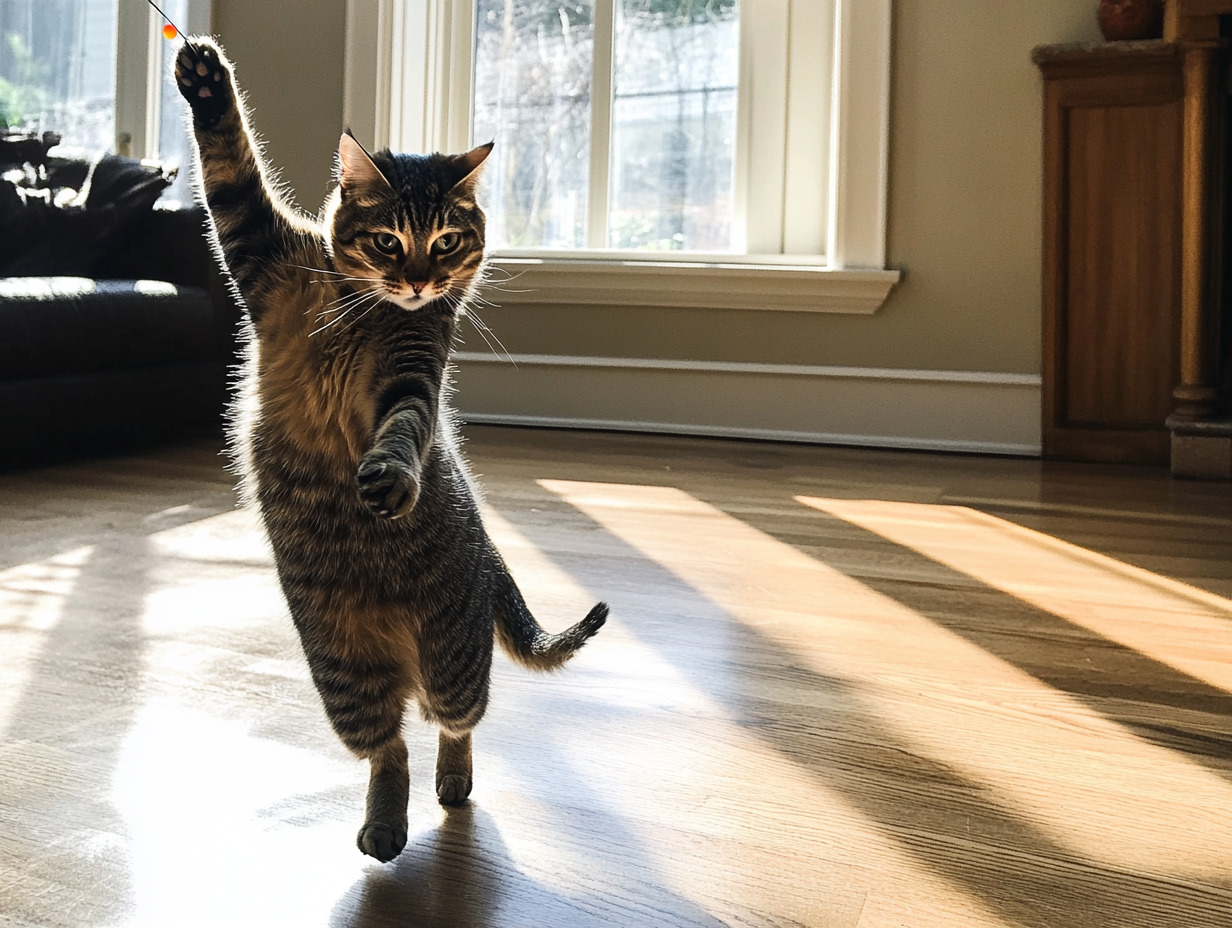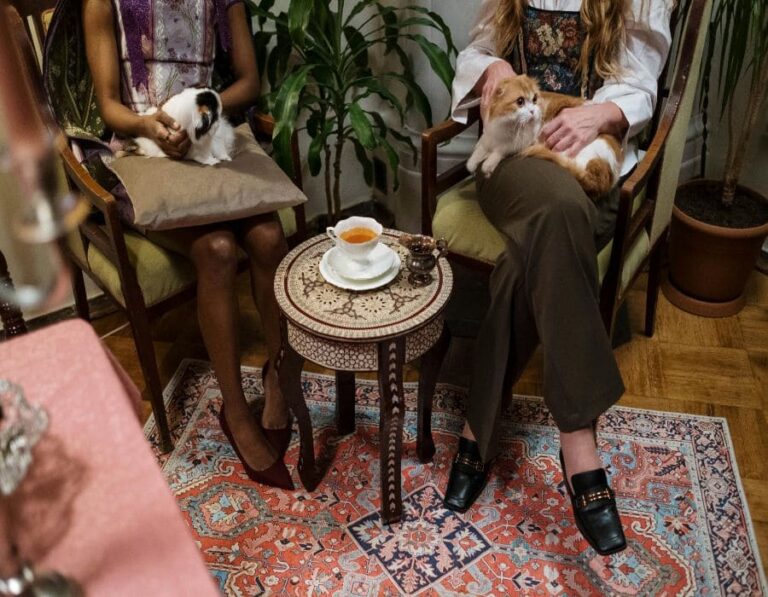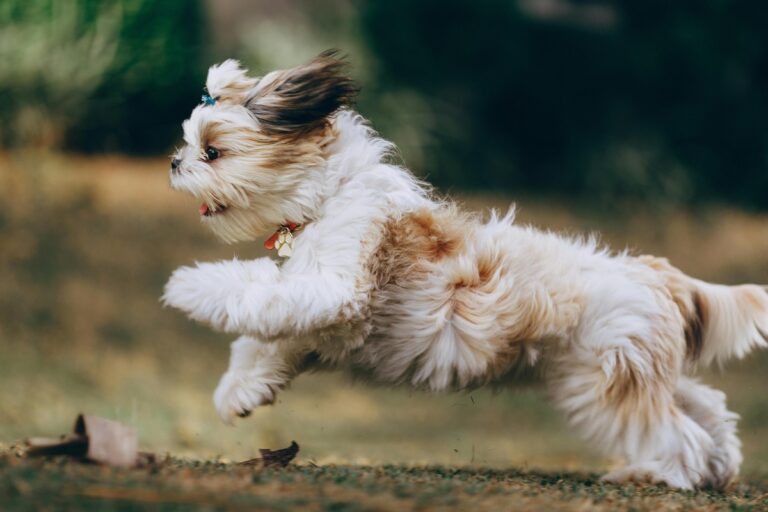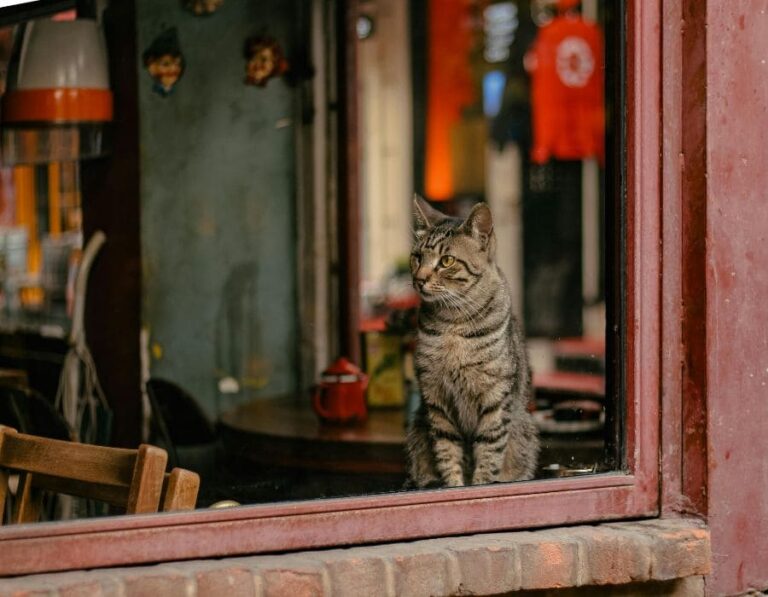10 Natural Cat Behaviors You Should Never Discourage
Cats can be quirky, dramatic, and just a little extra—but that’s exactly why we love them. From sudden zoomies at midnight to clawing the furniture like it’s their full-time job, our feline friends follow instincts that are as old as their wild ancestors.
Instead of scolding or trying to “train out” these behaviors, it’s better to understand what drives them. Most of the things cats do naturally serve a purpose—physically, mentally, or emotionally. Here are ten common cat behaviors that you should never discourage, and how to work with them instead of against them.
Scratching furniture or posts
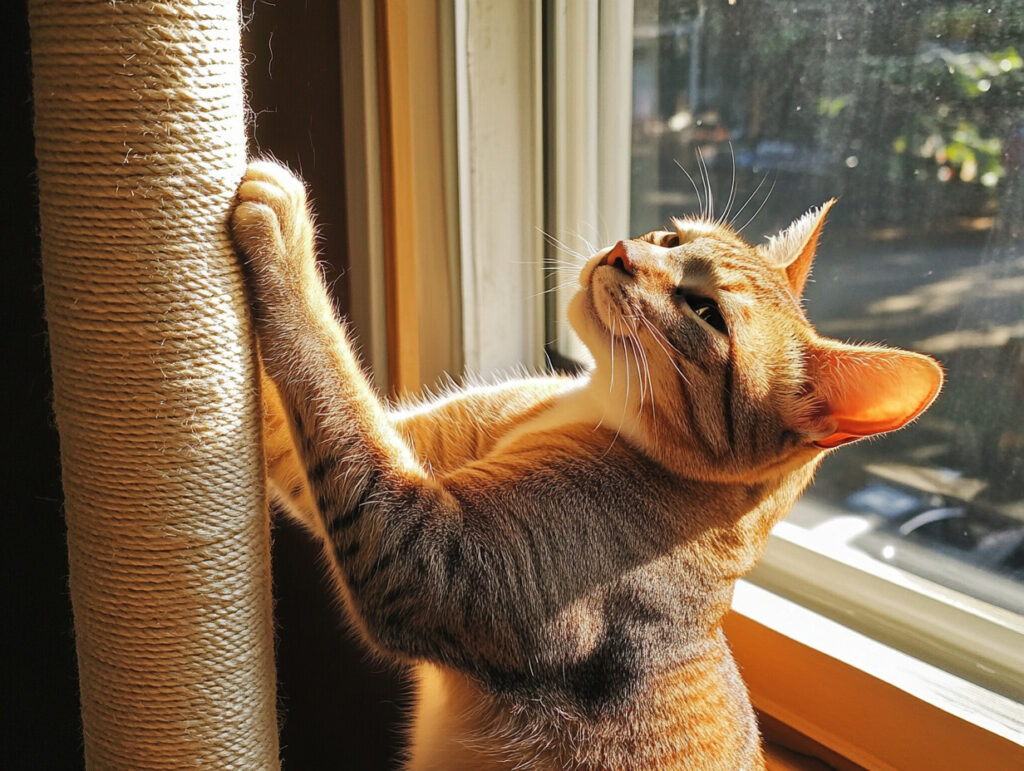
Scratching isn’t just about sharpening claws—it’s how cats stretch, mark territory, and relieve stress. Instead of punishing them, offer scratching posts or cardboard pads to redirect the behavior in a healthy, furniture-saving way.
Zooming around the house
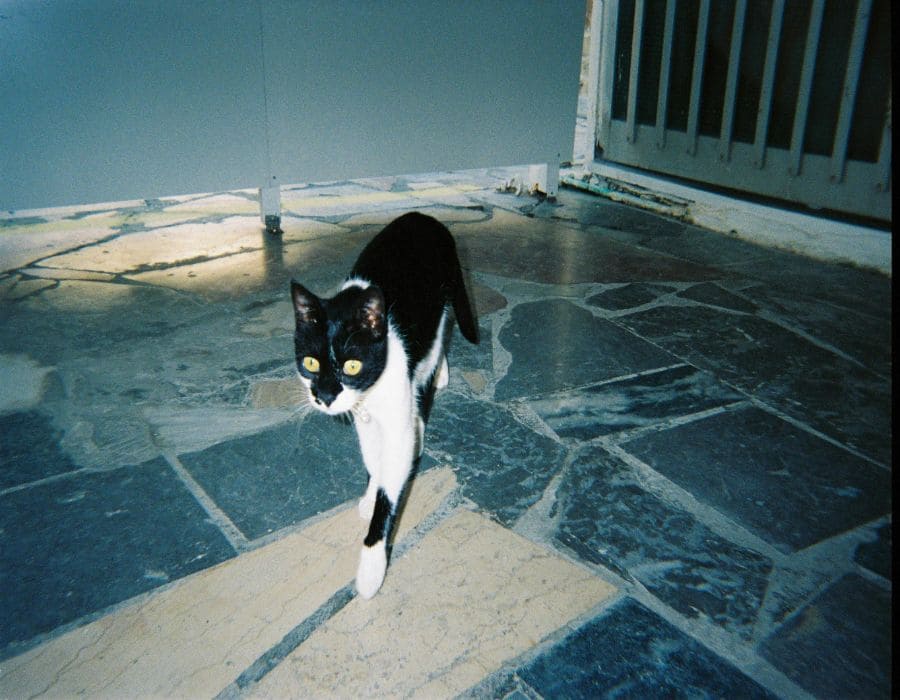
Sudden bursts of energy—often called the zoomies—are a cat’s way of releasing pent-up energy. It’s normal, healthy behavior, especially in indoor cats. Just make sure they have space and toys to burn it off safely.
Chirping at birds or insects
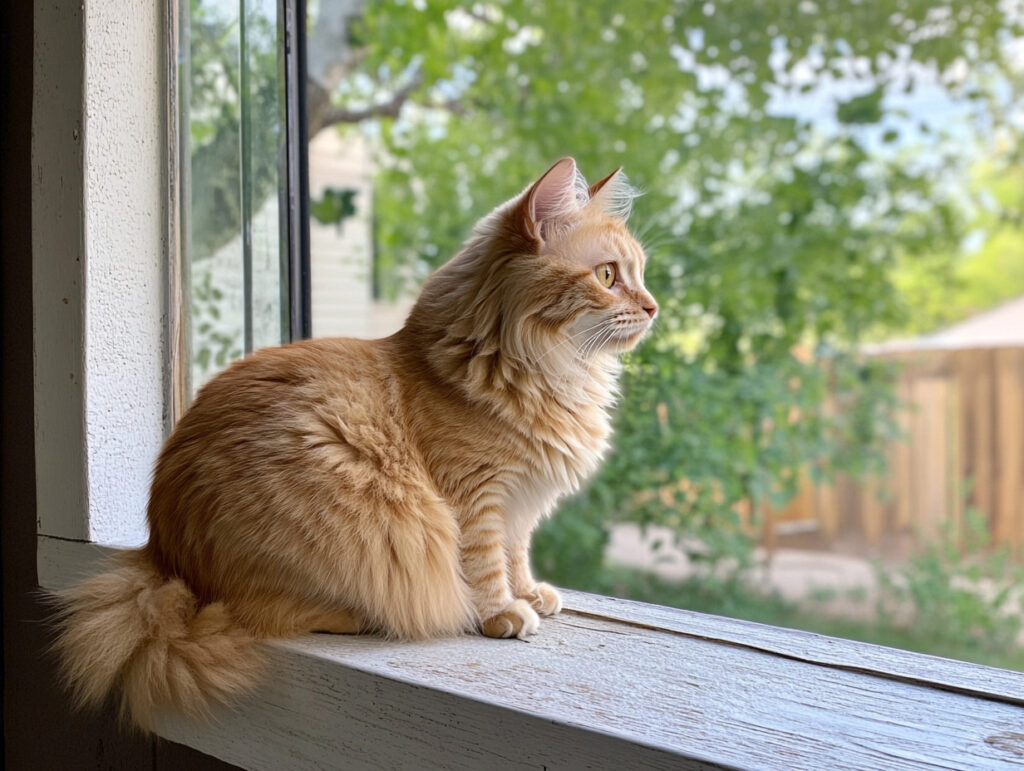
That strange chattering sound cats make at the window is instinctive. It’s tied to their hunting drive and often accompanied by tail twitching. It’s harmless and entertaining, so let them express their inner wildlife documentary narrator.
Hiding in tight spaces
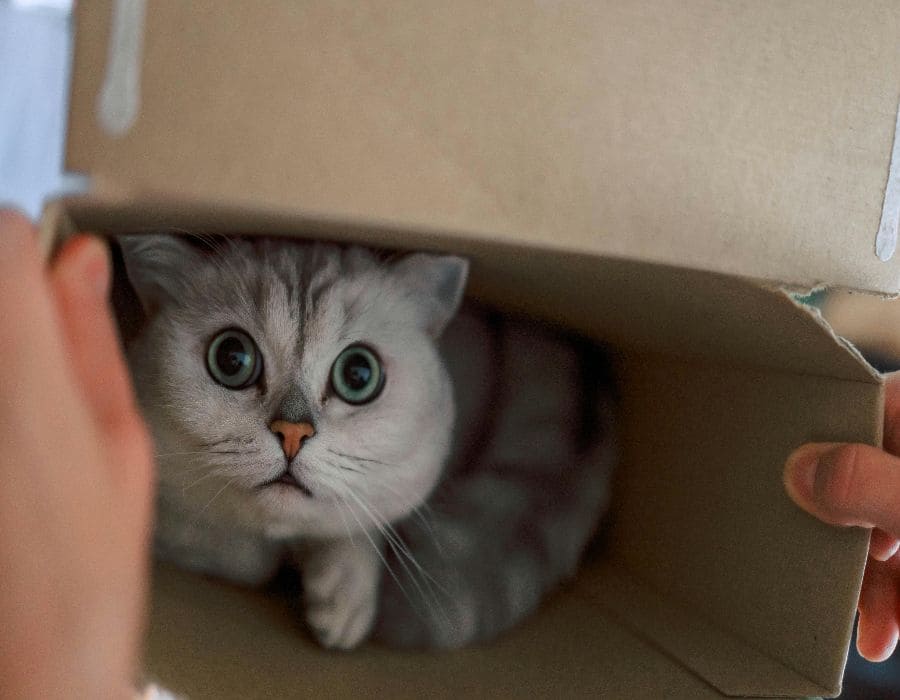
Cats love cozy, enclosed spots because it makes them feel safe and in control. Whether it’s a cardboard box or the back of a closet, let them retreat when they need a break—it’s their natural recharge zone.
Kneading blankets or your lap
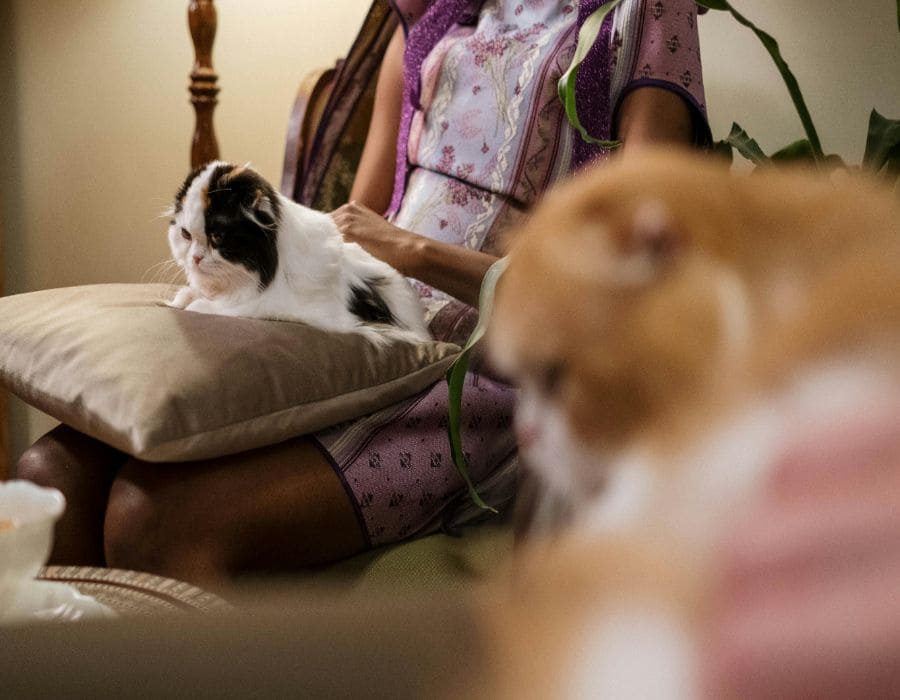
This adorable “making biscuits” motion is a leftover behavior from kittenhood. It’s a sign of comfort and affection. Even if those claws are sharp, take it as the feline equivalent of a warm hug.
Head-butting or face rubbing
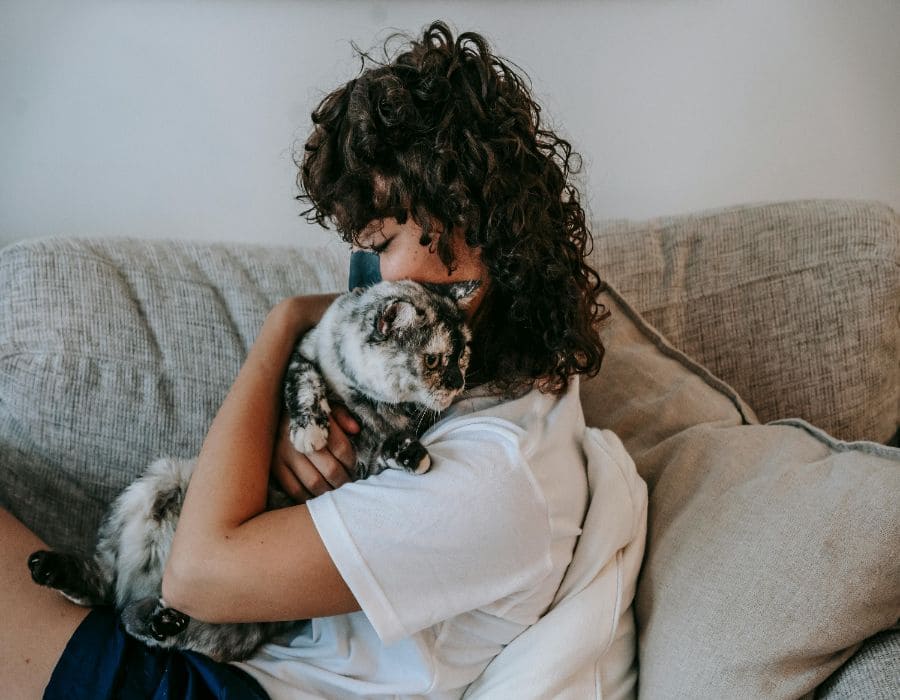
When a cat rubs its head or face on you, it’s actually marking you with scent glands to say, “you’re mine.” It’s not dominance—it’s love. Accept the nuzzles with pride; you’ve been chosen.
Bringing you “gifts” like dead bugs
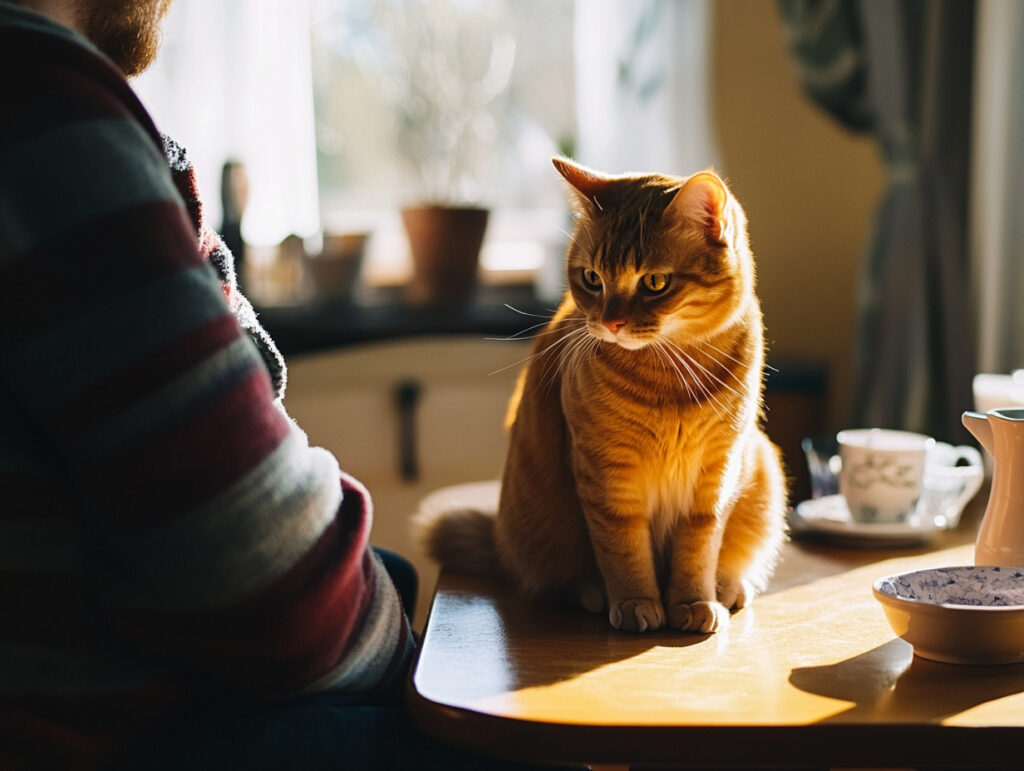
As gross as it may seem, your cat leaving a bug or toy at your feet is an instinctual act of providing. It’s part of their hunting behavior—and their way of saying you’re part of their family.
Chirping or trilling at you
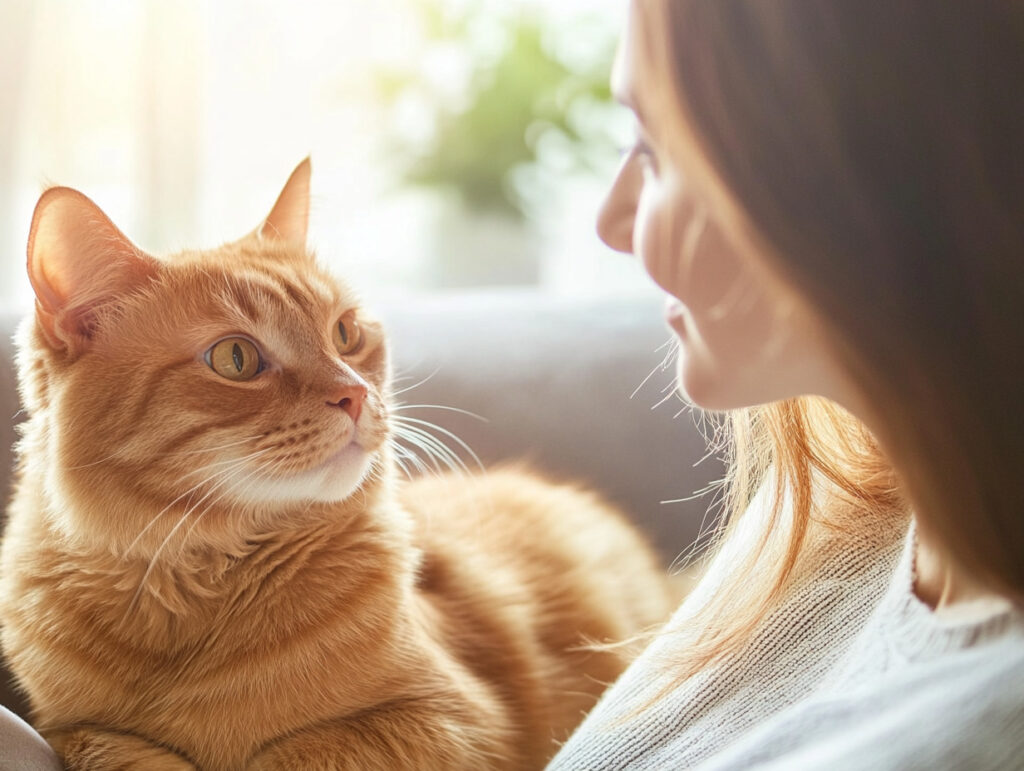
These non-meow vocalizations are often signs of excitement or communication. Chirps and trills are how cats express happiness or anticipation. It’s basically their way of saying “hey!”—and it’s always a good sign.
Tail flicking or twitching
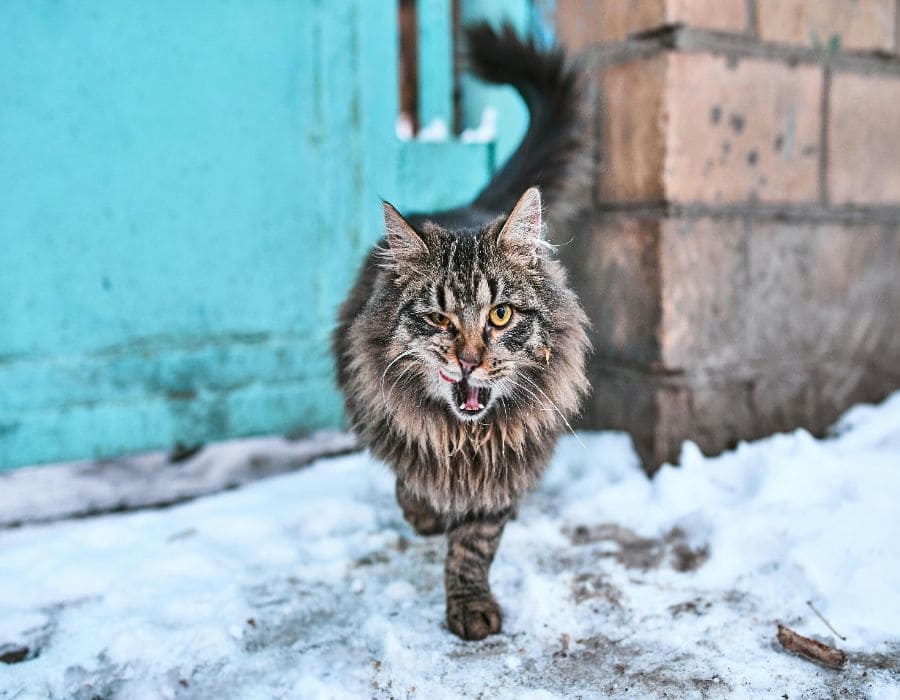
That tail twitch isn’t always a sign of annoyance—it can mean concentration, excitement, or mild curiosity. Pay attention to the context instead of assuming they’re irritated. It’s a complex language, not just a warning.
Watching you from a distance
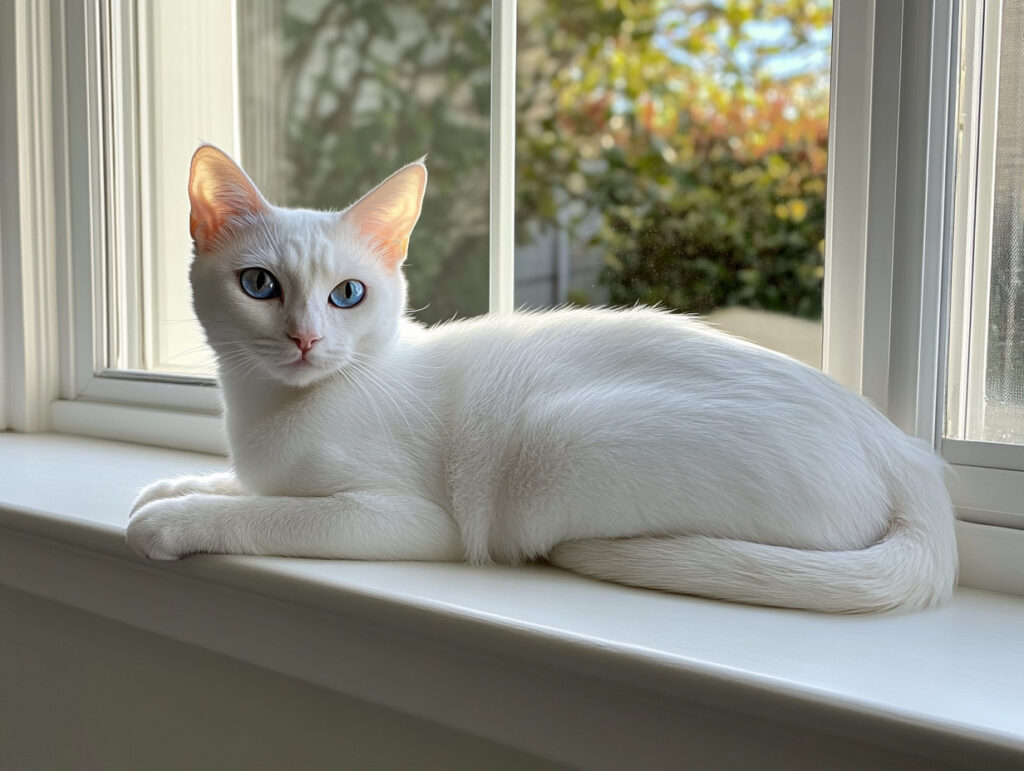
Some cats show affection by keeping you in sight, even if they’re not on your lap. Observing from a high perch or a quiet corner is their way of being close without overwhelming themselves. It’s love, just subtle.
Final Thoughts
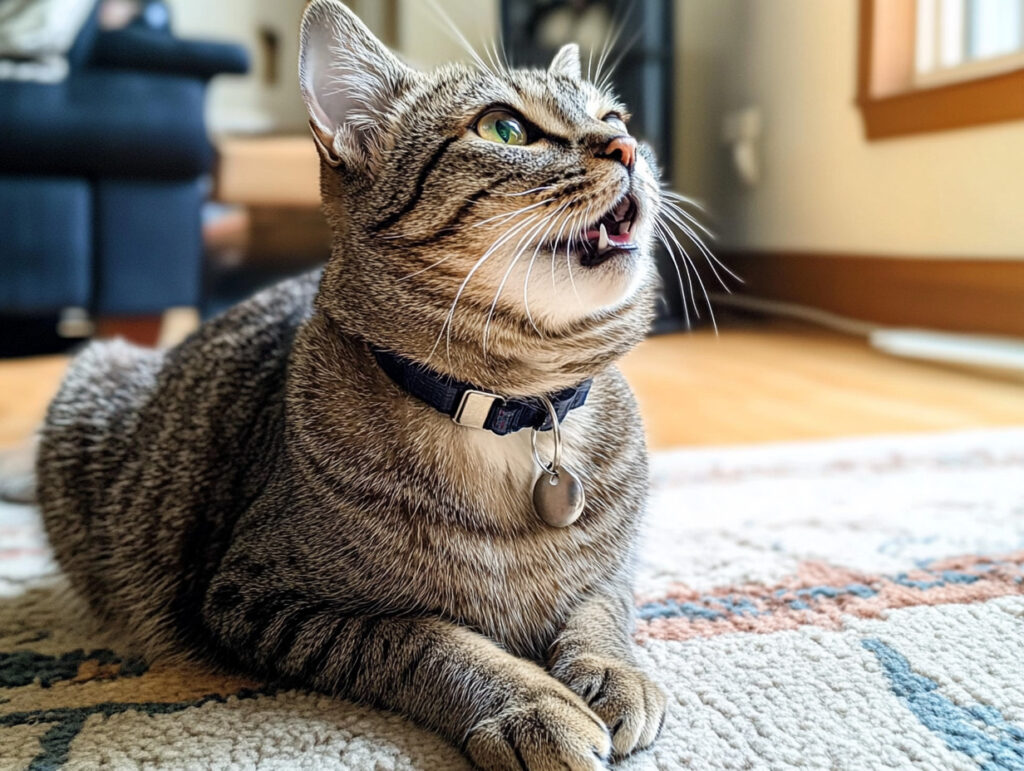
Cats aren’t misbehaving—they’re just being cats. By understanding and respecting these natural instincts, you not only make their life more fulfilling but also deepen your bond. Let them be their quirky, instinctive selves—and they’ll love you for it.

